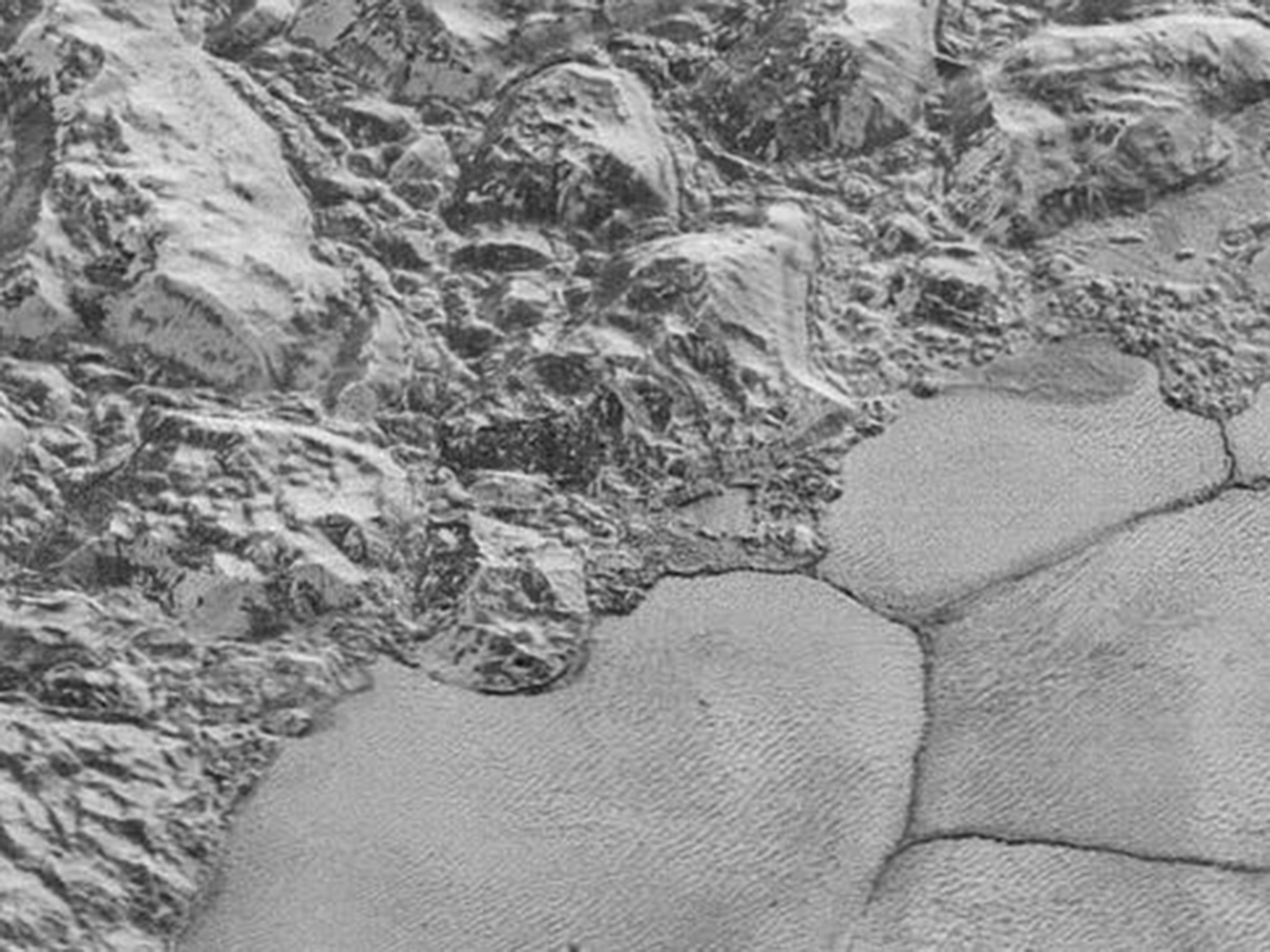Nasa releases the best images of Pluto that anyone alive is likely to see, from New Horizons’ historic flyby
The pictures could only be bettered by launching a new mission to the dwarf planet — which is unlikely to happen for decades, if ever

Your support helps us to tell the story
From reproductive rights to climate change to Big Tech, The Independent is on the ground when the story is developing. Whether it's investigating the financials of Elon Musk's pro-Trump PAC or producing our latest documentary, 'The A Word', which shines a light on the American women fighting for reproductive rights, we know how important it is to parse out the facts from the messaging.
At such a critical moment in US history, we need reporters on the ground. Your donation allows us to keep sending journalists to speak to both sides of the story.
The Independent is trusted by Americans across the entire political spectrum. And unlike many other quality news outlets, we choose not to lock Americans out of our reporting and analysis with paywalls. We believe quality journalism should be available to everyone, paid for by those who can afford it.
Your support makes all the difference.Nasa has released the best pictures of Pluto that anyone alive is ever likely to see.
The New Horizons craft has sent back a trove of pictures since its flyby. But these are the first time that those pictures have been sent back without compression, meaning that they can be seen at their true size and in their full detail.
They mark the closest view that humans are likely to get for decades, and the best sight that many alive will ever see. The New Horizons craft will not send back any better images because its flyby past Pluto is now finished, meaning that any pictures would need to be taken by a new craft — a mission that is likely to take decades.
Though Nasa scientists are hopeful that the New Horizons mission and others like it will bring a new interest in funding more projects to the outer solar system, it's unlikely that any new missions will be undertaken soon. Astronomers hope to send out new crafts to rocks like Pluto and the distant moons of our solar system — but getting funding for them can often be politically difficult.
The pictures show Pluto at a resolution of about 77 meters per pixel. That means that features that are about half the size of a city block can be picked out — on Earth, that would mean being able to spot a playground, or a large building.
“These close-up images, showing the diversity of terrain on Pluto, demonstrate the power of our robotic planetary explorers to return intriguing data to scientists back here on planet Earth,” John Grunsfeld, former astronaut and associate administrator for NASA’s Science Mission Directorate, said in a statement. “New Horizons thrilled us during the July flyby with the first close images of Pluto, and as the spacecraft transmits the treasure trove of images in its onboard memory back to us, we continue to be amazed by what we see."

The pictures have been slowly making their way from the New Horizons craft since its flyby earlier this year. Initial pictures were compressed so that they could be accessed quickly — but really served as a preview for the full-scale pictures.
“These new images give us a breathtaking, super-high resolution window into Pluto’s geology,” New Horizons Principal Investigator Alan Stern said in a statement. “Nothing of this quality was available for Venus or Mars until decades after their first flybys; yet at Pluto we’re there already – down among the craters, mountains and ice fields – less than five months after flyby! The science we can do with these images is simply unbelievable."
The pictures were taken with the Long Range Reconnaissance Imager (LORRI) that is on board the New Horizons craft. They were taken just 10,000 miles from the planet’s surface, and were taken just 15 minutes before the closest approach.
The scientists will be releasing more photos from the same set in the coming days.
Join our commenting forum
Join thought-provoking conversations, follow other Independent readers and see their replies
0Comments